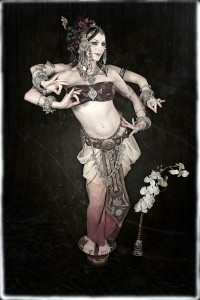Dance photography is a complex, fascinating art. Today we take a closer look at the journey of one dance photographer in particular, Scott Belding…
1. How did you wind up doing dance photography?
I was producing cultural programs at a 12,500 seat amphitheater and I started photographing my shows to document the events. The intent was to have images to go with grant requests and to create marketing pieces. I was producing symphony, jazz, dance, family programs and children’s programs. During this I discovered that dance was the most interesting to me. I was really taken by the dancer’s athleticism, power, grace and commitment. I started to sit with the artistic directors and choreographers during rehearsals and I got them to teach me about what the pivotal moments were in movement phrases. So I learned about dance photography from the dance artists. I have never had a Photography or lighting lesson. I just experimented until I liked something.
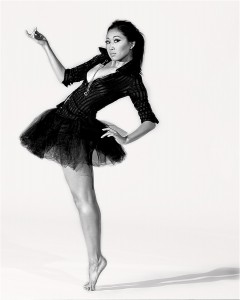
2. What types of dance do you photograph?
I started out shooting what I was producing. Our philosophy was to produce the broadest possible cross section of performances to meet the needs of the whole community. I produced ballet, contemporary, modern and all types of traditional and folk dances so I was fortunate to develop my skills with a very wide range of styles. I worked at the amphitheater for 14 years and then went on to run a professional contemporary company, Moving Arts Dance, and a large Dance Center over the next 10 years. I also established my dance photography business along with Moving Arts Dance and the Dance Center.
3. Do you photograph differently depending on the dance style? Why or why not?
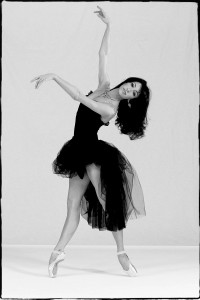
There are distinct differences with different styles of dance. What really dictates the style of shooting would be the choreography more than anything else. Style here really refers more to lighting and background. For example, there are ballets that are light and there are ballets that are dark, somber and moody. Obviously they are going to be treated differently with lighting and backdrops to support the choreographer’s intent. There are so many variations that I encounter…I shoot students in dance centers that are in tap, contemporary and ballet companies…I shoot all types of professionals…I shoot in studios and I shoot in all kinds of exotic locations. There are also many variations of light based on the time of day or night. For example, I am on a 16– day photo tour that goes from Baja, Mexico to Portland, Oregon. I will shoot professional tribal belly dancers, cabaret belly dancers, Odisi Temple dancers, modern dancers, contemporary dancers and advanced student ballet dancers. I will shoot in rivers, on rocks, at the beach and in studios during the day and at night. Additionally, the use of the images determines a lot of how something is shot. Some shots are for art and then some are for magazines, books and marketing. In this trip I am shooting “64 Dakinis” for a book project that is recreating the statues from an ancient Temple in India. The style of the shots and the editing will be done to give it an ancient feel.
4. What is the most challenging aspect of doing this type of photography?
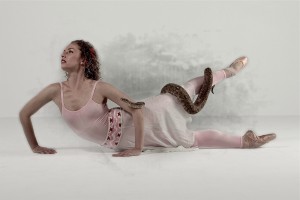
With out question the greatest challenge is authenticity. It is everything to me! I spend a lot of time collaborating with artists that I shoot with to mutually understand the intent of the shoot. I explain that every shot is just like performance and that they have to be fully committed to their characters. I never say “pose” it is the complete opposite—always a movement phrase. From the fiercest leaps and partnering to the softest and slowest moments, there is always energy flowing! It is through this moment of complete engagement that magic happens and when you can capture a single moment that says so much to stop a viewer in their tracks.
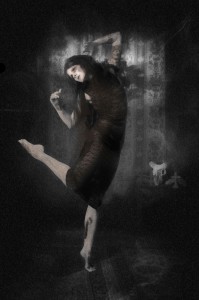
I enjoy everything about working with dancers! Like many artists, dancers can be full of self doubt and are rarely satisfied so for me it is often an opportunity to create images with them that really reflect their beauty, power and grace. I see it so often that it is a spring board to greater work for them. I really enjoy the process of helping dancers develop their visual images. How people respond to them is often times the direct result of images they have seen of the artist so creating work that sheds light on all their “fabulousness” is a great joy for me! I wake up daily feeling blessed that I am able to work with so many amazing and gifted dancers. Any work I can do to focus attention on their hard work and give them the recognition they deserve is work I do joyfully!
BIO: Scott Belding is a dance photographer currently living in Baja California. Scott travels regularly all over the West Coast shooting all types of dance. His work has been published all over the World. He has been shooting Dance for over 20 years and continues to produce Dance pieces and performances as well. Listed below are excerpts from his philosophy on Authenticity in dance Photography:
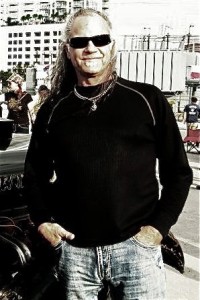
Authentic moments, those that come from our deeper emotional experiences, are captivating for those who observe them. More than amazing physical feats and more than the most stunning dance technique, authentic movements touch the basic core where humans connect non-verbally. This is the magic of dance. This, too, is the magic of great dance photography. There are three things that make a dance photograph great: authenticity, detail, and connection.
There is a common thread in all of the photographic moments that stop a viewer in their tracks and make them take notice. That is authenticity. Those authentic moments are when a dancer completely gives themselves to the character and the movement. Being in character is what must be brought into the photography studio to make great images happen. Often when dancers come to be photographed they think in terms of the pose. There is no posing but rather the complete opposite takes place.





